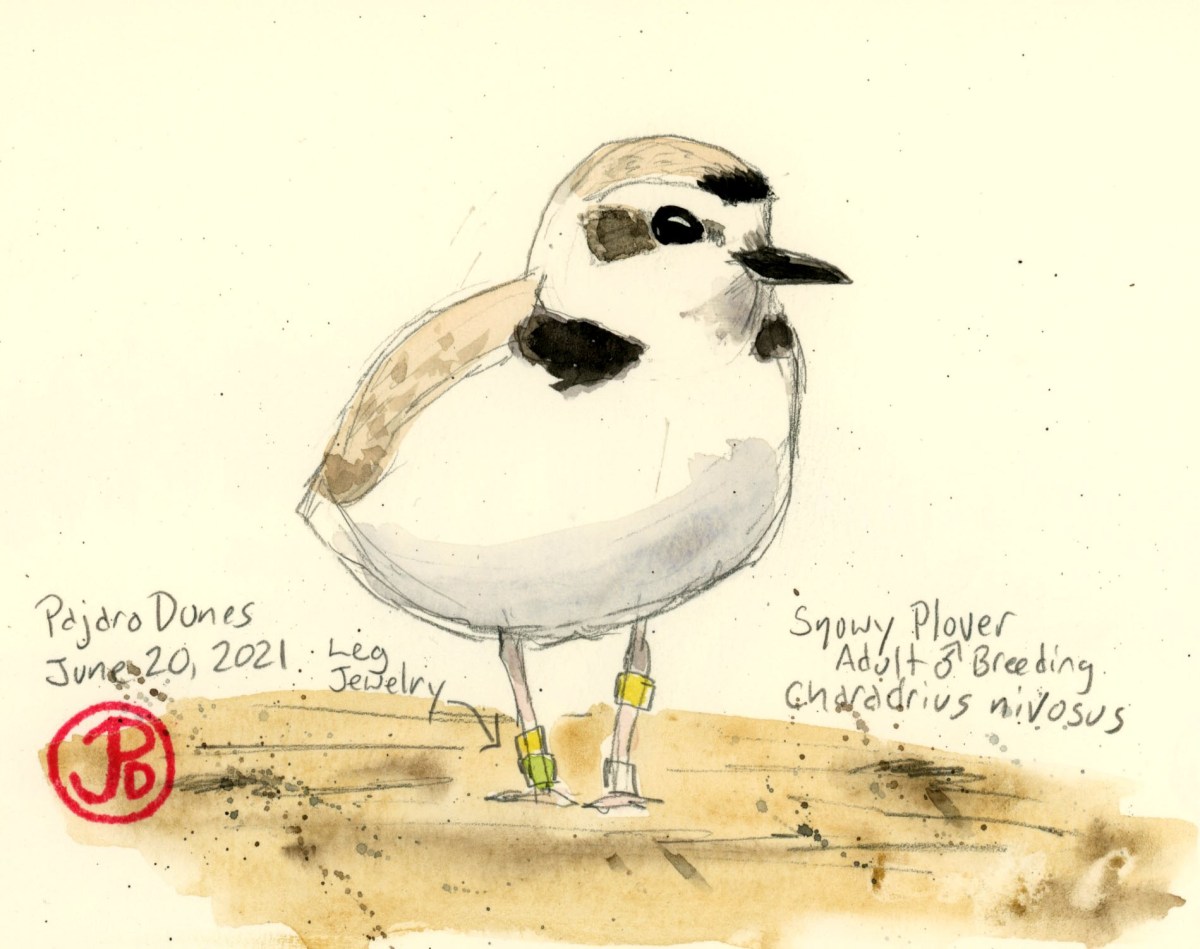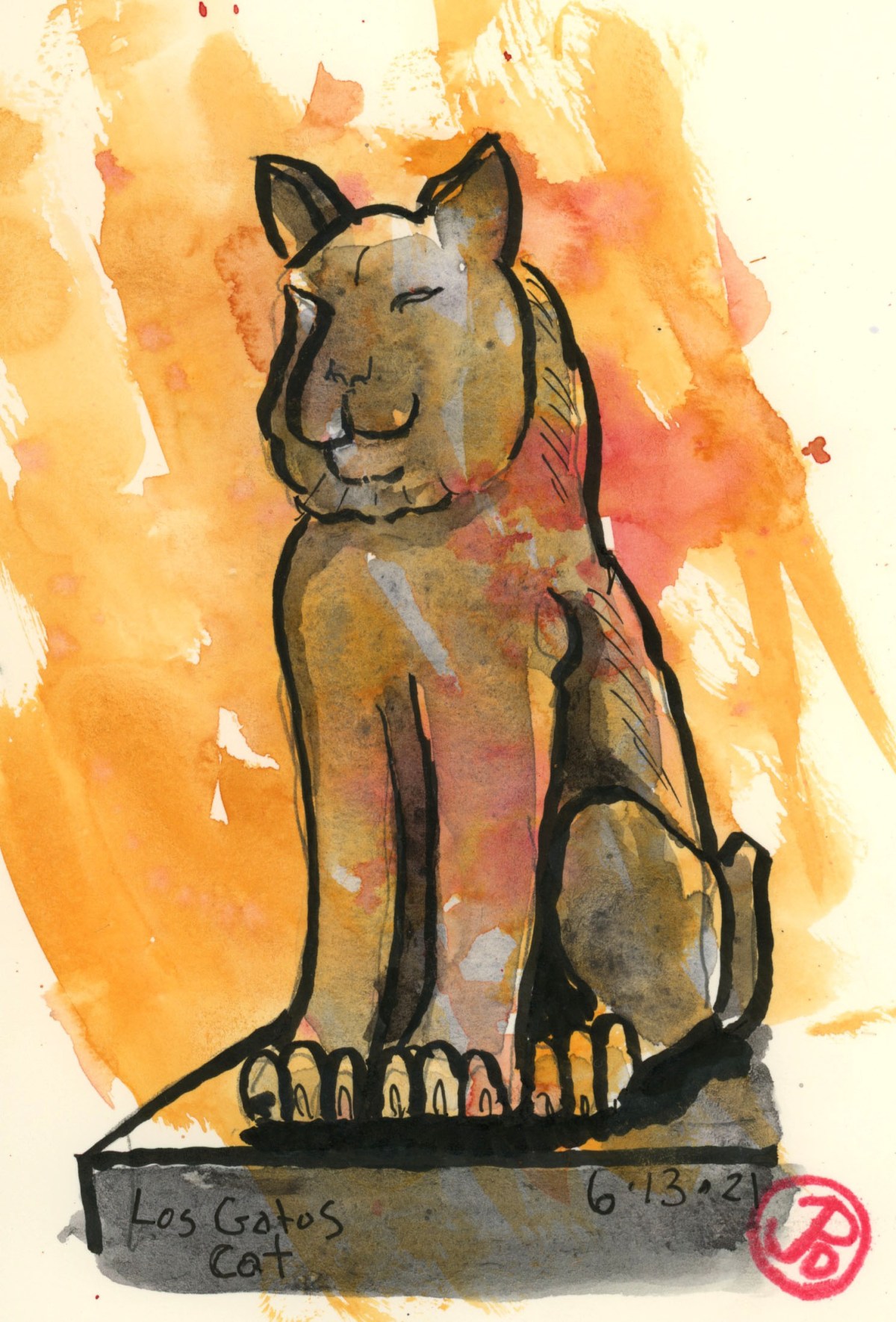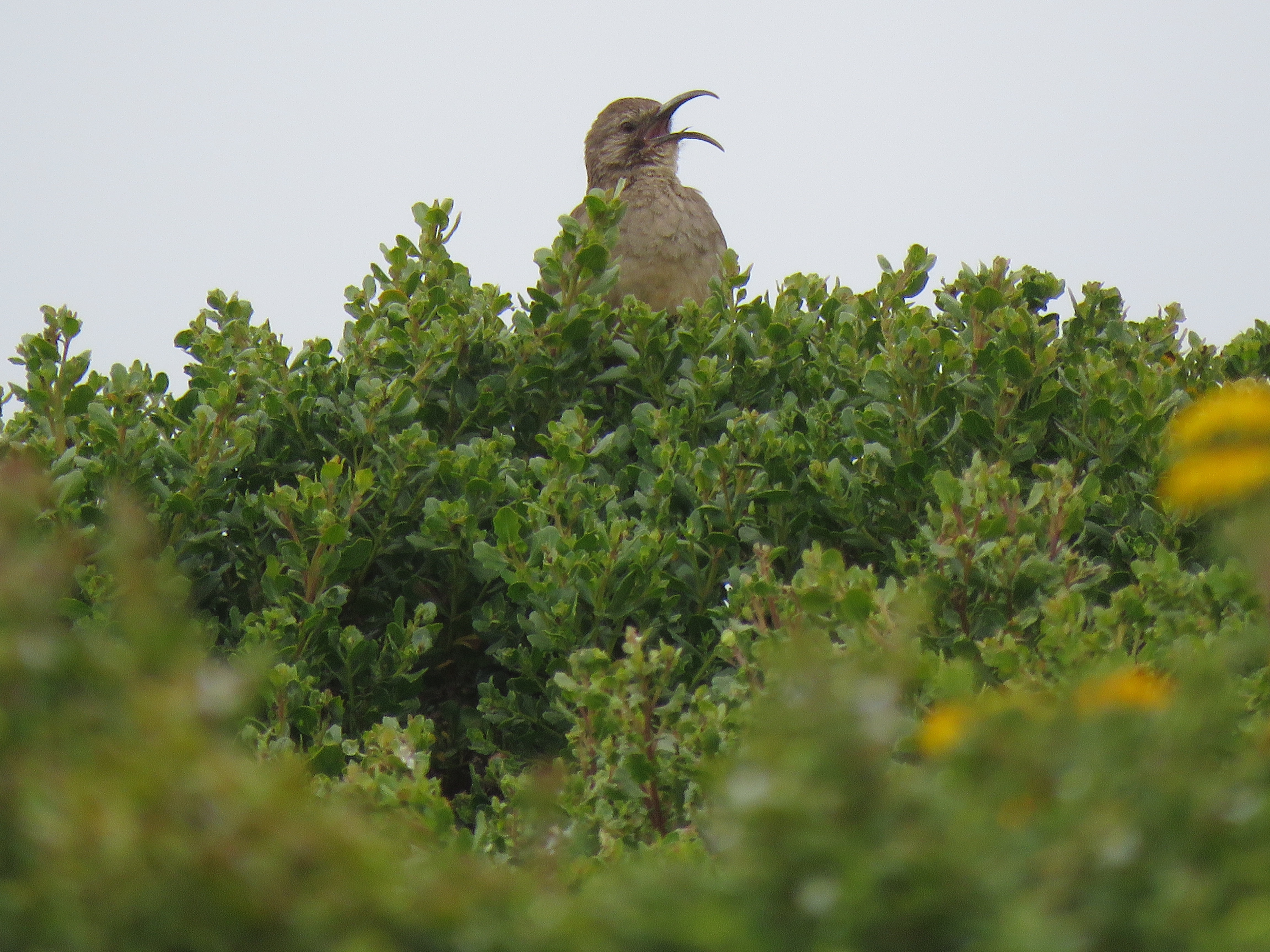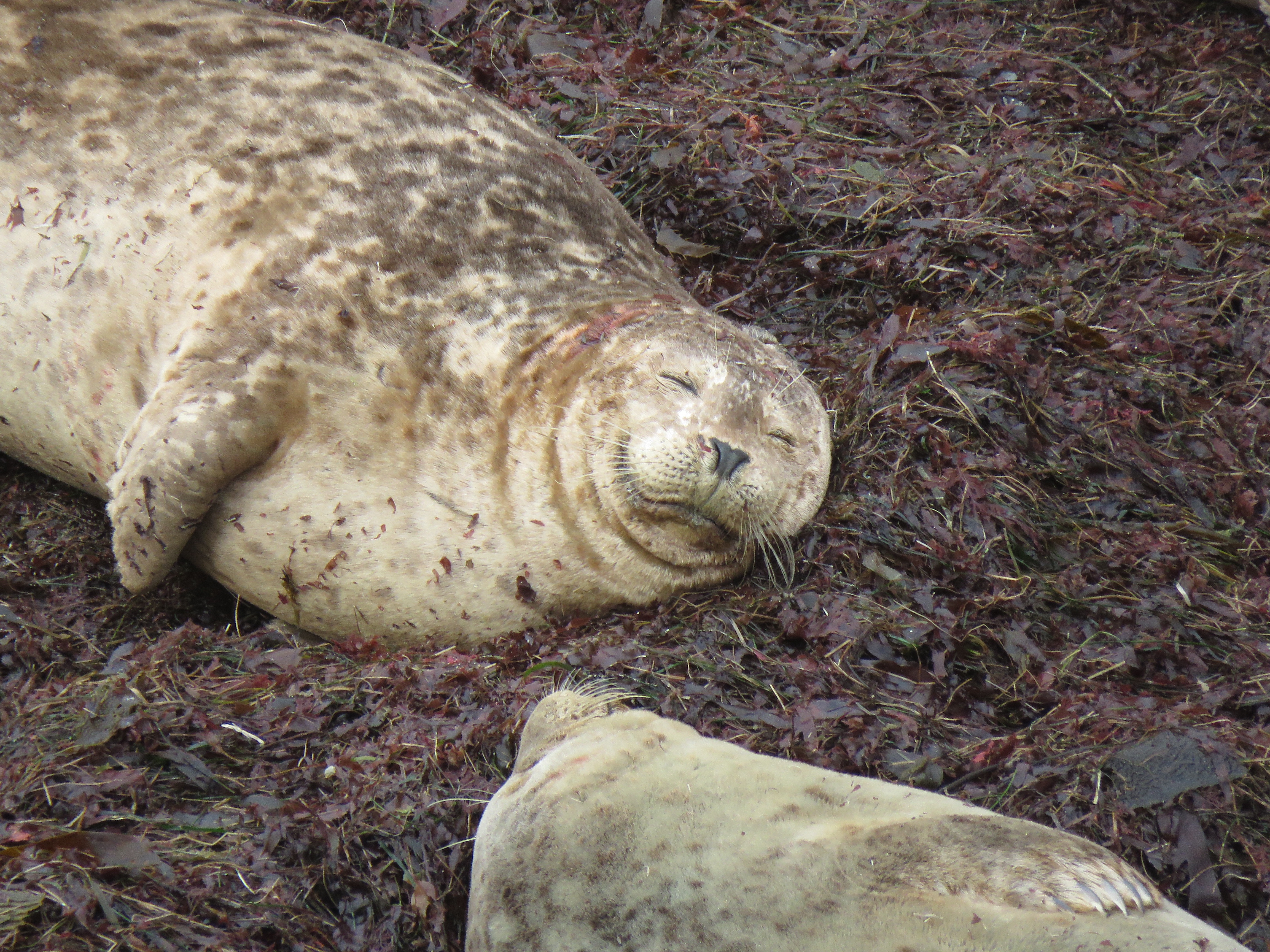“The landscape of the American West has to to be seen to be believed, and has to be believed to be seen.” -N. Scott Momaday
I have many summer memories of road trips across the West.
Often our family trips were to the north through Oregon, Washington, and dipping into southern British Colombia. On another road trip we visited Monument Valley, the incredible Grand Canyon, and the underwhelming Four Corners in our Volkswagon Vanagon. On the same trip we rode on one of the United States’ most famous railroads, the Durango and Silverton Narrow Gauge Railroad.
To celebrate summer and the purchase of a new car (a 2021 Subaru Crosstrek Sport), I decided to take a road trip in the West. My intended destinations reflect my many interests.

For birds I intend to visit the Ruby Mountains in Nevada for the legendary lifer Himalayan snowcock and Rocky Mountain National Park in Colorado for white-tailed ptarmigan and broad-tailed hummingbird. For history I want to visit Fort Bridger in Wyoming, parts of the Hasting’s Cut-off in Utah, and the California Gull Monument in Salt Lake City. For rail history I planned to visit the Ames Monument in Buford Wyoming, Union Station at Ogden, Utah, and the ground zero of Union Pacific’s steam program, Cheyenne.
For roughly 1,000 miles I would be traveling east on Highway 80. Like the Transcontinental Railroad before it, I-80 is an east-west transcontinental highway. At 2,899 miles it is the second longest highway in the United States, after I-90. The highway was created in 1956 as part of the original interstate highway system.
As I do before any important journey I sketch out the route. In this case I chose to represent the map as a distressed treasure map or perhaps a map to a secret goldmine, like Dr. Buckbee’s map in the Gold Rush classic By the Great Horn Spoon.

I have been a big fan of Stillman & Birn sketchbooks and I love the heavy weight of the cold press, ivory paper of the Delta Series. What I don’t like is that I have not found this high quality paper in a hardbound panoramic sketchbook, until now!
While I was picking up pens at California Arts Supply I was ranting (once again) to the owner Ron about how I wished Stillman & Birn would make a Delta Series hardbound panoramic sketchbook. He told that they did have such a sketchbook, newly arrived! I bought one as my road trip journal!
Finally an improvement on the Moleskine panoramic sketch book that has been my go to journal for years but with better paper. The paper is 270 g, ivory cold press. When opened the panoramic format gives me a 6 X 18 inch painting surface! Perfect for the land of vast vistas! Or painting a very tall tree or tower in the vertical format.












